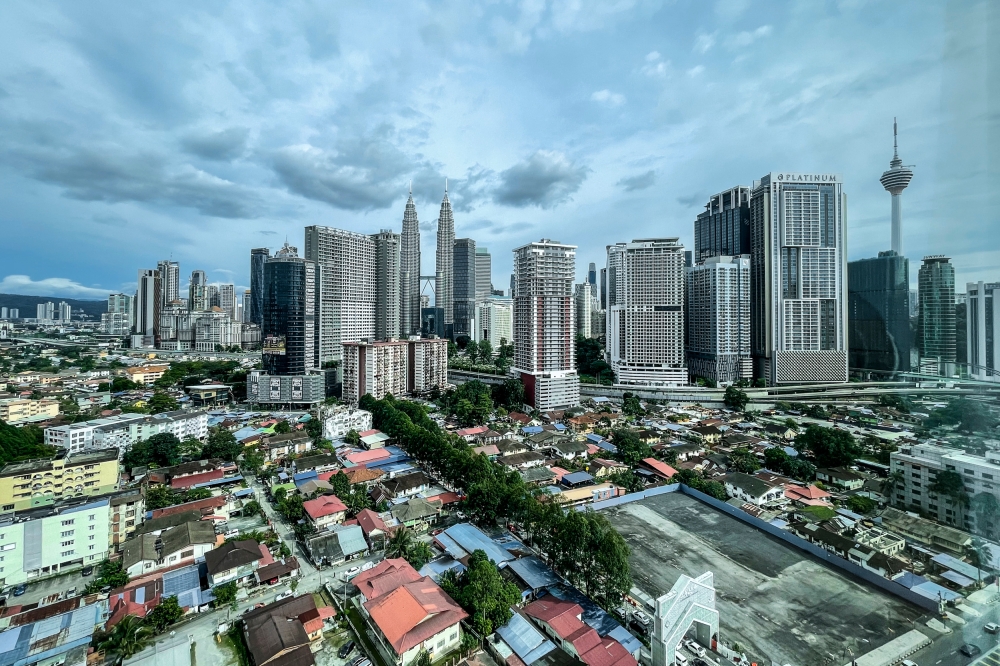FEBRUARY 11 — Following the recent news circulating on the recognition of Chinese new villages in Selangor as a Unesco World Heritage site, falling under the purview of the Housing and Local Government Ministry, there has been a surge of negative sentiments expressed on Malaysian social media platforms. This signifies a general lack of awareness among the public about what it means to earn the international recognition.
This initiative under Unesco, a specialised agency under the United Nations was only heard about widely in Malaysia in 2008 when George Town and Melaka successfully achieved the World Heritage Site acknowledgment. Established in 1959, Egypt became Unesco’s first rescue project as the Aswan High Dam was planned to be developed at the risk of endangering the Nubian monuments located within the area.
Thus began the expanded efforts to safeguard historical monuments from modern developments, which was also made possible through the backing of the international community.
Malaysia officially became a member of Unesco in 1958 — a year after Malaya gained independence from the British. Currently, four venues across the nation are recognised as a World Heritage Site: Lenggong Valley, Gunung Mulu Kinabalu Park, Melaka, and George Town.
New Villages or Kampung Baru were settlements developed during the Malayan Emergency era (1948-1960) as a military strategy under the Briggs Plan. These settlements were hastily developed to mitigate the threat of communist militants, resulting in poor basic infrastructure.
Referring to the Housing and Local Government Ministry's recent proposal to nominate the Chinese new villages in Selangor as a Unesco World Heritage Site less than a week ago, has sparked controversy left and right, citing concerns that it is a threat to the rights of Bumiputera and Malays.
A nationwide petition circulating online started by Suara Anak Watan to oppose the plan had already received over 16,000 signatories, according to news reports. Politicians are taking the spotlight to express their opposition to the plan, including those part of the unity government itself, echoing similar public concerns for the Malay and Bumiputera status and rights.
So, reservations aside — should the Malaysian government consider nominating Chinese new villages as a World Heritage Site?
Following the widespread backlash, Minister Nga Kor Ming has denied any allegations against him of the intention of challenging the interests of the Malay and Bumiputera majority.
The Chinese new villages in Selangor, which were created in 1948 — marking their 76th anniversary this year, would offer Malaysians the historical context of the Malayan Emergency and the activation of the Briggs Plan.
Apart from the Chinese new villages, there also exists a range of other settlements that qualify for the acquisition of the Unesco World Heritage Site such as Kampung Baru which was founded in 1899. Presently, it has been formally gazetted as the Malay Agricultural Settlement, and in the past few years, parts of the settlement have been faced with threats of commercial development.

However, extended efforts to counter the threats of overdevelopment and preservation of heritage sites are always welcomed.
Another settlement worth mentioning is situated in the constituency of Segambut: Kampung Sungai Penchala, which may also be qualified for the nomination given that the settlement is recognised as a Malay reserve, strengthening efforts to extend and preserve the culture and heritage of the site.
Understanding cultural heritage fosters unity and belonging, allowing the younger generation to learn from the past and embrace the beauty that comes with the passing of time.
But lest we forget, history and evolution also come with a plethora of unpleasant revelations that would lead us to reflect on our morals and principles. For Malaysia, this means confronting its dynamic past and the political ideologies adopted by freedom fighters toward exiting the grip of colonisation.
As a prerequisite to achieving the goals of successful historical preservation, there needs to be a collective desire among the people to understand, tolerate, and improve relationships with members of the community.
*This is the personal opinion of the writer or publication and does not necessarily represent the views of Malay Mail.





















